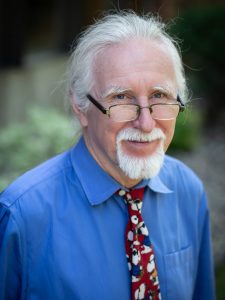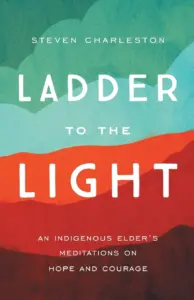 By Bob Hulteen
By Bob Hulteen
Saturday is Epiphany – January 6, the twelfth day of Christmas fulfilled. I don’t know about you, but for me it has usually been the day when the tree comes down and the decorations are put away (at least in theory).
Epiphany is the celebration of light. While it has always been an important church festival for me, in an age with white supremacy on the rise, the dialectic of light and dark becomes a problematic point of celebration. The incompatibility of Jesus’ life and ministry with the use of Scripture to oppress – by macro or micro aggressiveness – causes pause in my language.
And yet, the use of light and dark also seems relevant. Sometimes it seems like the appropriate metaphor. So, what to do?
“How then can the use of language of light and dark be redeemed?”
As Episcopal Minister and Hebrew Bible Scholar Wil Gafney has said: “Some of the fear of the dark is ancient and instinctual and mercenary. … My over-used but nowhere near retirement ‘Black Lives Matter’ sign says, ‘Black Lives Are Sacred.’ Blackness is sacred. But the world has lost sight of the goodness and sanctity of blackness. That is why it is so easy to kill us and our children and so easy to justify our deaths with fear, fear of the dark. Public Enemy prophesied rightly on Fear of a Black Planet: Fear of blackness. Fear of black people. All in service to a divinization of whiteness and light to the point of idolatry.” (See “Holy Blackness: The Matrix of Creation” on the website Womanists: Wading in the Word.)
How then can the use of language of light and dark be redeemed?
ABOUT A YEAR AGO, I was blessed to receive a copy of Ladder to the Light: An Indigenous Elder’s Meditations on Hope and Courage, by Steven Charleston. I was excited to find out about this book because Charleston had been a Luther Seminary prof when I first met him, and he later wrote several articles for me when I was associate editor of Sojourners.
Having served as the Episcopal Bishop of Alaska in the 1990s, he gained notoriety and was able to build quite a following on social media 20 years later. Ladder to the Light is a collection of his regular pandemic postings on hope and courage, woven together with connective tissue that highlighted the wisdom of a life well-lived.
Charleston’s deep resonance with the Native American nations of the Southwest U.S. influences the central motif of the book, which is the kiva, “a square or circular underground chamber, covered by a roof of wooden beams with an opening in the center. You enter a kiva the same way you enter a submarine: by descending the ladder. Once inside the packed earth chamber of the kiva, you are in darkness. … The kiva is a sacred space. It serves the same function as a cathedral, as a place of worship.”
Charleston continues: “… while a cathedral’s soaring arches or a mosque’s great domes are designed to point us upward, the kiva is intended to point us downward. The spiritual focal point is not above us, but below. We are not to look up, but down. What we seek is not in the sky, but in the earth.”
“Epiphany is a time of triumph and hope – a hope made tangible and abiding because God loved us enough to send Jesus.”
As a primary place of growth that only happens in darkness, the kiva symbolizes spiritual resistance. It is a place that offers an alternative direction, a new vision for what could be. It shadows a darkness that resembles a womb, creating an opportunity for new birth. It is a “nurturing darkness” that is “a place of formation and growth.”
And yet, Charleston also explains that we don’t stay in the womb. While darkness is essential, so is light. It is the ladder that offers movement back and forth between two sources of life-giving formation. The ladder, taken one rung at a time, that allows us to move between mutually beneficial spaces. The rest of Ladder is Charleston’s explanation of the different rungs of spiritual realization – faith, blessing, hope, community, action, truth, renewal, and transformation.
CHARLESTON CONCLUDES that “we are all in the kiva together. Whatever our politics, whatever our religion, whatever our culture, …” It reminds of my high school music teacher’s explanation that music is about both sound and not-sound. He would say that music moves us both by blocs of sound and blocs of silence, stressing that jazz solos were best when they included moments without notes, as well as times of improvised runs.
And, Epiphany – this celebration of light – has to remembered in this balance with darkness. It is not only a time of visits by Magi (possibly three kings representing Africa, Asia, and Europe in most depictions) , but is set contextually by Herod’s murder of the Holy Innocents. As Jim Rice, my colleague at Sojourners, reminds us in Living the Word: Reflections on the Revised Common Lectionary, “While some kings may come to bow down to Jesus, some come to kill.”
But he also writes: “But this season is not Herod’s; it rightly belongs to the one who incarnates the living God. It is a time of triumph and hope – a hope made tangible and abiding because God loved us enough to send his only son. In that epiphany, all things are made new.”
The balance of light and dark, a ladder to new possibilities, a hope for a future where wisdom and growth are celebrated, may be just what we need to survive this January 6.

